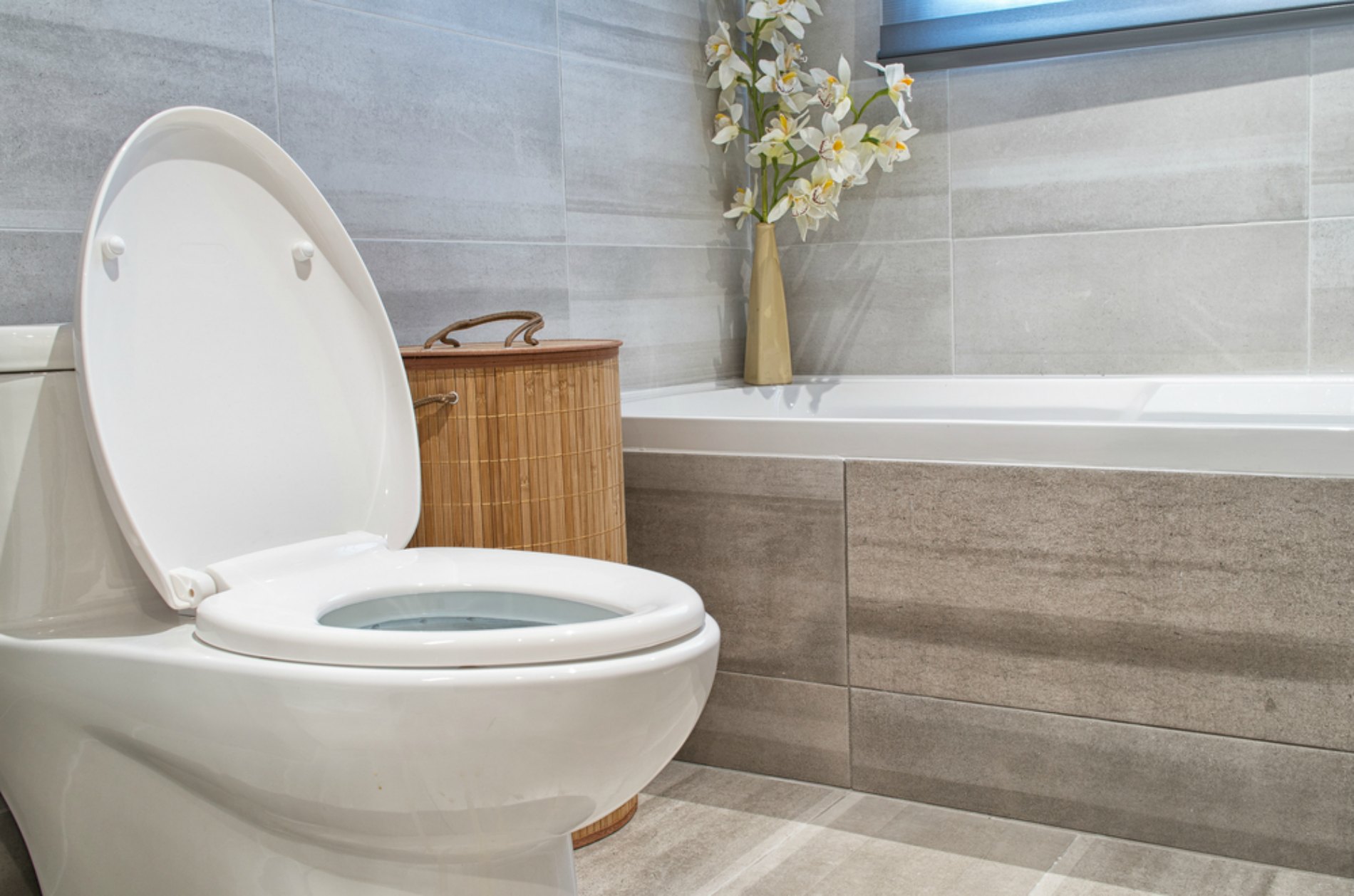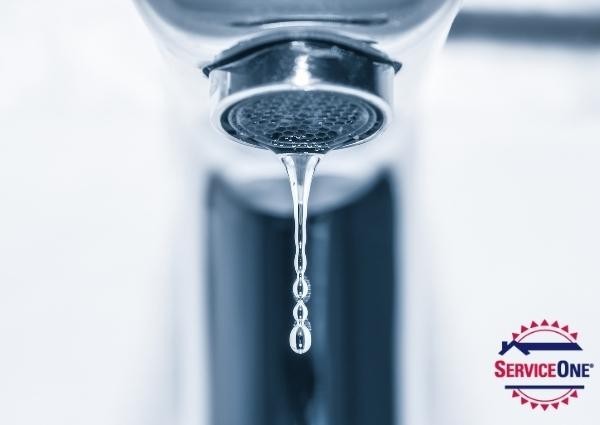Everyone will have his or her own piece of advice with regards to Leaking Bathroom Repair Expert.

Shower room leaks are frustrating as they disrupt your day's strategy. They vary in severity relying on the source of the leakage. You need to prioritize them, as they can swiftly worsen. It is a relief that many washroom leaks are simple to deal with as well as discover, with very little expense effects.
Having a water leak in washroom can be demanding to the homeowner. The article offers as a "very first help" when you need an emergency situation feedback to a water leakage in washroom.
Discovery as well as Repair of Water Leakage in Washroom
Water leakage in bathroom commonly results from pipes and pipeline mistakes. There are several sorts of washroom leakages. You may require a standard expertise of these leakage types to find the water leak in bathroom. Below are the typical washroom leaks as well as take care of ideas:
Clogged Shower Room Sinks
In some cases, the water leak in shower room results from sink obstructions. This is usually an annoyance to property owners and also may be undesirable. Blockages might arise from the buildup of soap scum, hair fragments, or particles that clog the drainpipe. It is easy to deal with obstructions, and you might not need expert skills.
What to Do
You can utilize a drain snake to eliminate the particles in the drain as well as allow the stagnant water circulation. Drain pipes cleansers are also offered in stores and are easy to use. A plunger is additionally useful in removing your drainpipe. It is a common family device as well as can be found in handy in removing annoying clogs in sinks as well as drains pipes.
Bathroom Leaks
In some cases, water leaks from the toilet as well as pools around the toilet base. It is an eyesore in the restroom as well as needs timely interest.
What to Do
If there are loose bolts between the cistern and also commode, you only require to tighten them. Sometimes you may require to reapply wax on the gasket or call a washroom leakage professional to change worn or broken components.
Splash Leaks
These frequently result from water spilling on the washroom floor from the bath tub. It harms the shower room floor and may cause rot to wood floors and washroom doors.
What to Do
This shower room leak is the most convenient to take care of. You only require to replace the drapes or recaulk the tub or shower. You may require to change these to prevent more damage if the leakage has actually damaged the restroom floor or door. The bright side is that you can include a plumbing specialist to help with the washroom fixing.
Final thought
Water leaks in the shower room are avoidable events in the home. When they do, fix them promptly, or involve the solutions of a specialist.
The short article offers as a "initial help" when you need an emergency action to a water leakage in bathroom.
Water leak in bathroom typically results from plumbing as well as pipeline mistakes. You might require a basic knowledge of these leak types to detect the water leak in restroom. In some cases, the water leakage in shower room results from sink obstructions. It harms the washroom flooring and also might create rot to wooden floors and restroom doors.
Water Leaking in the Bathroom Wall
A GUIDE TO FINDING LEAKS IN BATHROOM WALLS
- Paint or Wallpaper Peeling: This sign is easily spotted, so it cannot be missed. A leak in the wall can lead to wallpaper that separates along seams or paint that bubbles or flakes off the walls.
- Musty Smells: The damp flooring and plaster inside the wall grow an odor similar to wet cardboard as water slowly drips from a leaky pipe inside the wall. You can find leaks hidden beneath a musty odor.
- Growing Stains: The interior of a wall affected by a leaky pipe sometimes becomes infested with mold. Often, your indicator of a hidden plumbing problem is a growing strain on otherwise clean plaster.
- Structural Damage: Do not overlook constant moisture inside the walls of bathrooms when ceilings or floors become structurally compromised. Water-damaged walls can damage adjacent surfaces and stain flooring and ceilings.
- Unusual Discoloration: The wet spots may eventually dry when a leak penetrates deeper inside a wall. The stains they leave behind are paler than the adjacent paint or surface.
- Dripping Sound: It is common to hear dripping sounds inside walls when water runs down them. A squeaking noise can be heard while turning off a valve in a sink, bathtub, or shower. When flushing the toilet, you may also hear this noise.
A GUIDE TO REPAIRING WATER LEAKAGE
- Verify The Wall Leak: Shut down your main water supply and note the reading on your water meter. If the meter reading rises after a few hours, the leak is inside the house. In the absence of any changes, the leak may be the result of clogged gutters or drains.
- Turn off the water: You can turn off the water after you confirm the leak is within the walls. If you’re beginning repairs, drain as much water from the pipes as possible.
- Find & Fix The Leakage: Locate the wettest area on the wall with a moisture meter or infrared camera. Patch kits can stop the leak, but the fix might only be short-term. In the next few days, double-check the area to ensure the leak is no longer present.
- Removing mold and cleaning all surfaces: Dish soap and warm water should be used to clean affected areas. Bleach and water are recommended for disinfecting nonporous surfaces. Fan and dehumidifier running will speed up drying time. Remove mold growth immediately from walls, ceilings, and other surfaces.
https://wlstaton.com/how-to-find-and-repair-water-leaking-in-the-bathroom-wall/

Do you like reading up on How to Detect and Fix a Bathroom Leak? Put a remark down the page. We will be interested to find out your thinking about this blog posting. We are looking forward that you visit us again later on. Sharing is caring. One never knows, you may just be doing someone a favor. I am grateful for your time. Please check up our website back soon.
Act before it's late!
Comments on “Detecting and Handling Bathroom Water Leaks: What Every Homeowner Should Know”